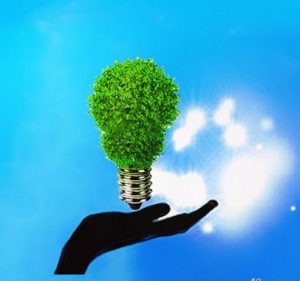The US Department of Energy (DOE) has released a Caliper Snapshot Report on outdoor LED area lighting products, based on the Lighting Facts program,one year after the release of the last outdoor-centric report. That report from August 2013 noted that LED lighting could not yet match high-pressure sodium (HPS) sources at the 400W level, but solid-state lighting (SSL) manufacturers have now delivered such products. Moreover, efficacy continues to escalate while light quality is also improve。
The new DOE report is available for download on the agency’s SSL website. The high-level trends include a move to 4000K CCTs for a slightly warmer look relative to the predominant 6500K LED lighting from prior years
. At the top end, efficacy has hit 150 lm/W.
The DOE said that outdoor area lighting products now comprise 30% of the agency’s Lighting Facts database with roadway products accounting for 23%. The remaining 7% is spread among parking garage, canopy, and directional luminaires.The DOE noted that sixteen products in the database now feature efficacy above 120 lm/W. And that gain has come with light-quality attributes that typically result in efficacy penalties. For example, seven of the products have a CRI above 80 and only one has a CRI below 70. Such lighting delivers far superior color rendering to HPS lighting and make recognizing objects and pedestrians much easier for drivers.The 400W-HPS-equivalent LED products still fall at the lower end of the lumen-output range of HPS luminaires(400W-HPS-equipmetBut the LED products offer superior efficacy. Moreover, research has previously shown that the broader-spectrum LED lighting delivers better visibility at lower lumen-output levels. Indeed,tests at a Seattle LED roadway site two years ago, revealed little decrease in object-recognition capabilitieseven as LED lights were dimmed considerably.

